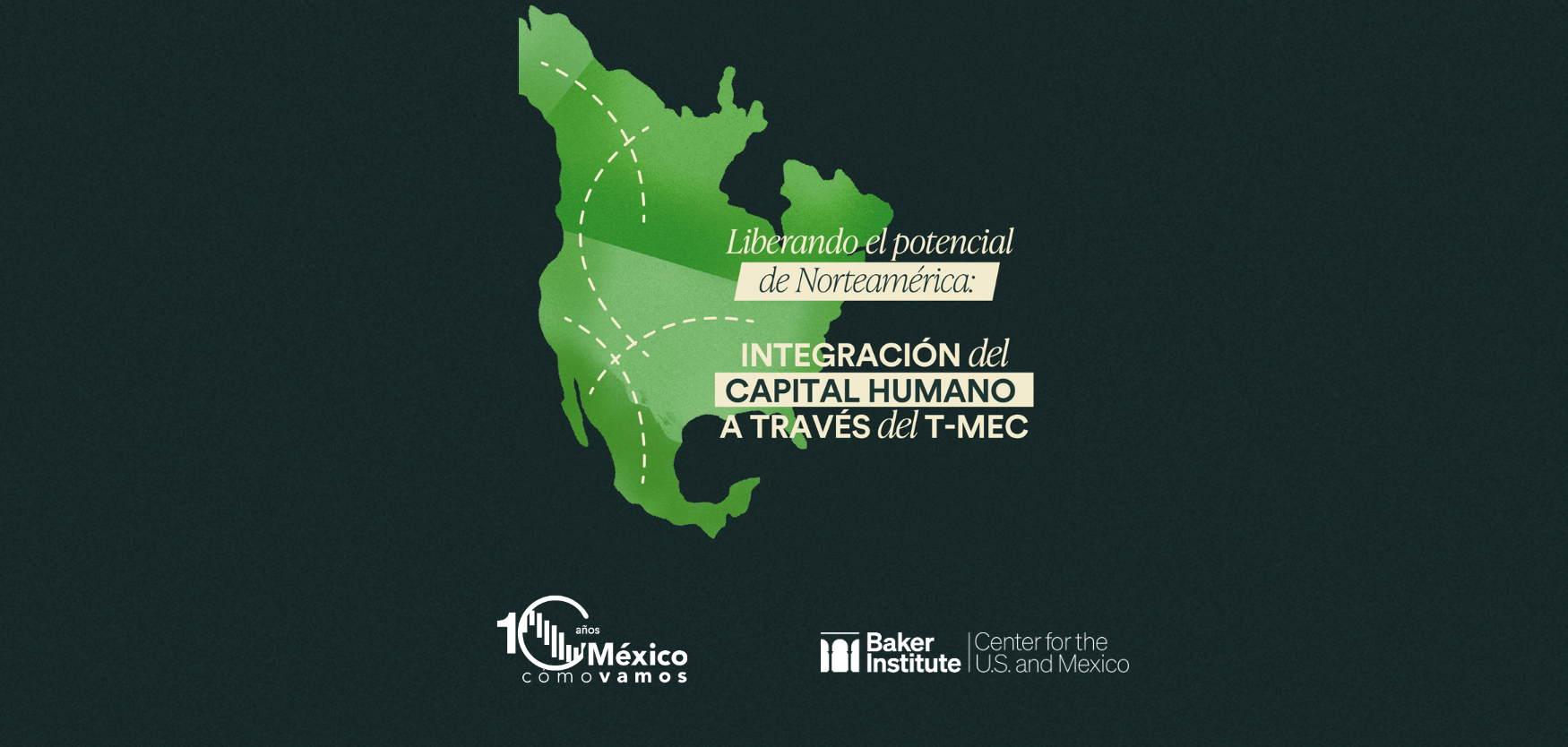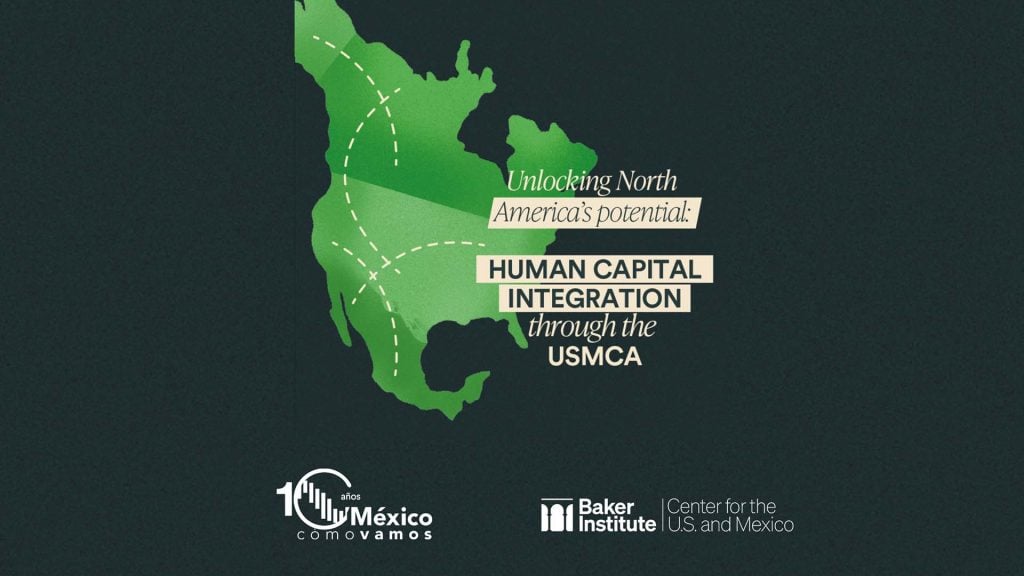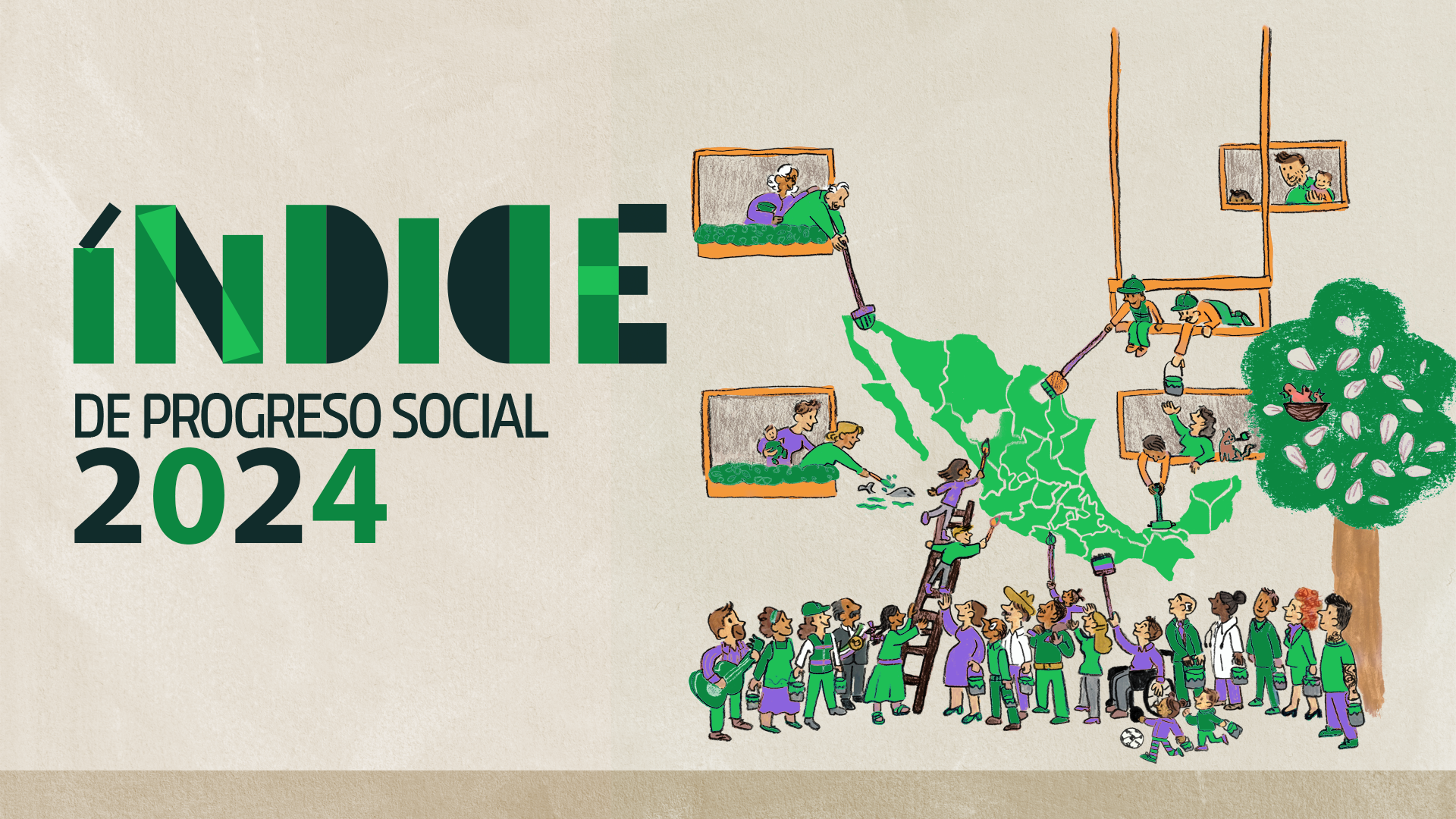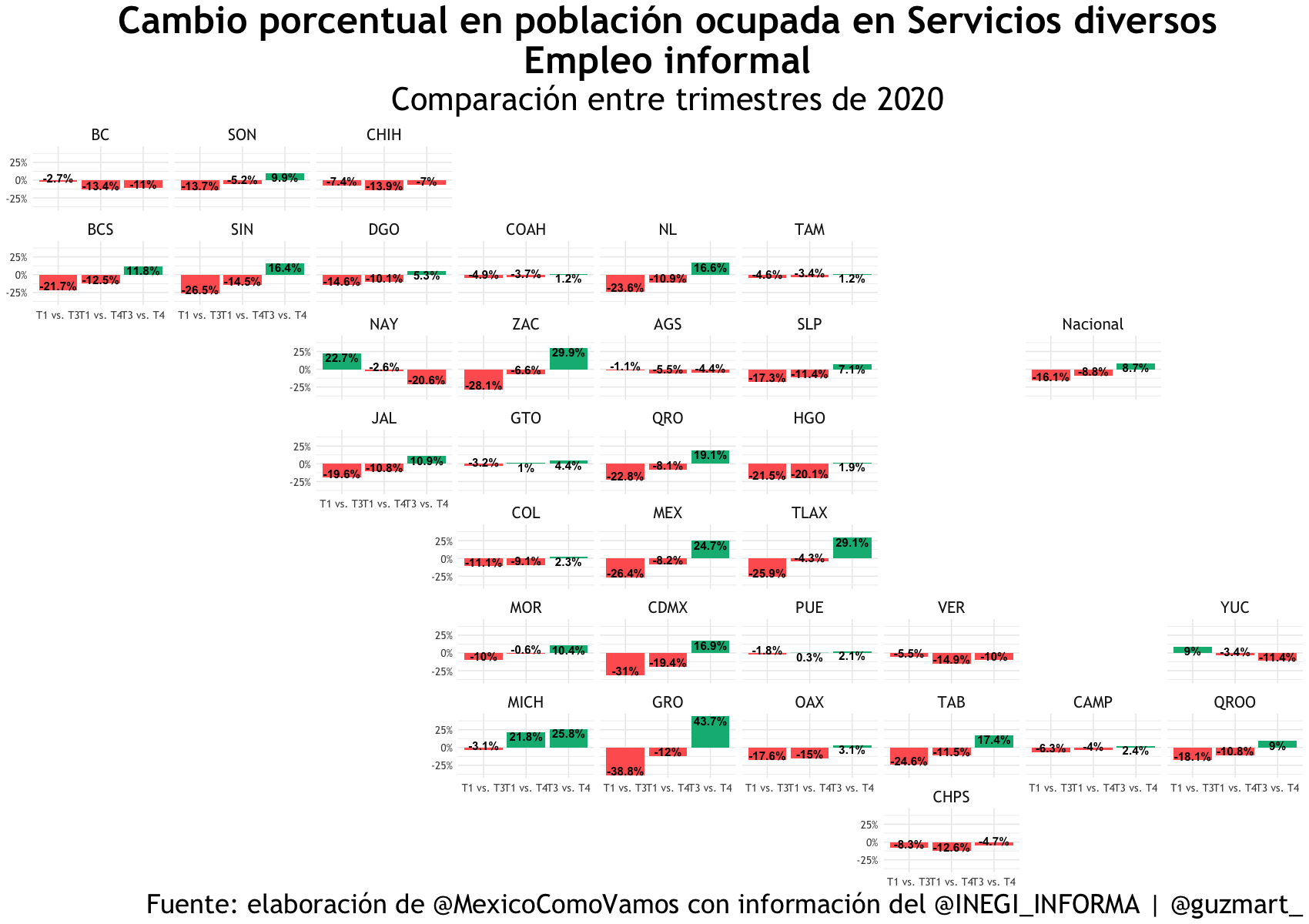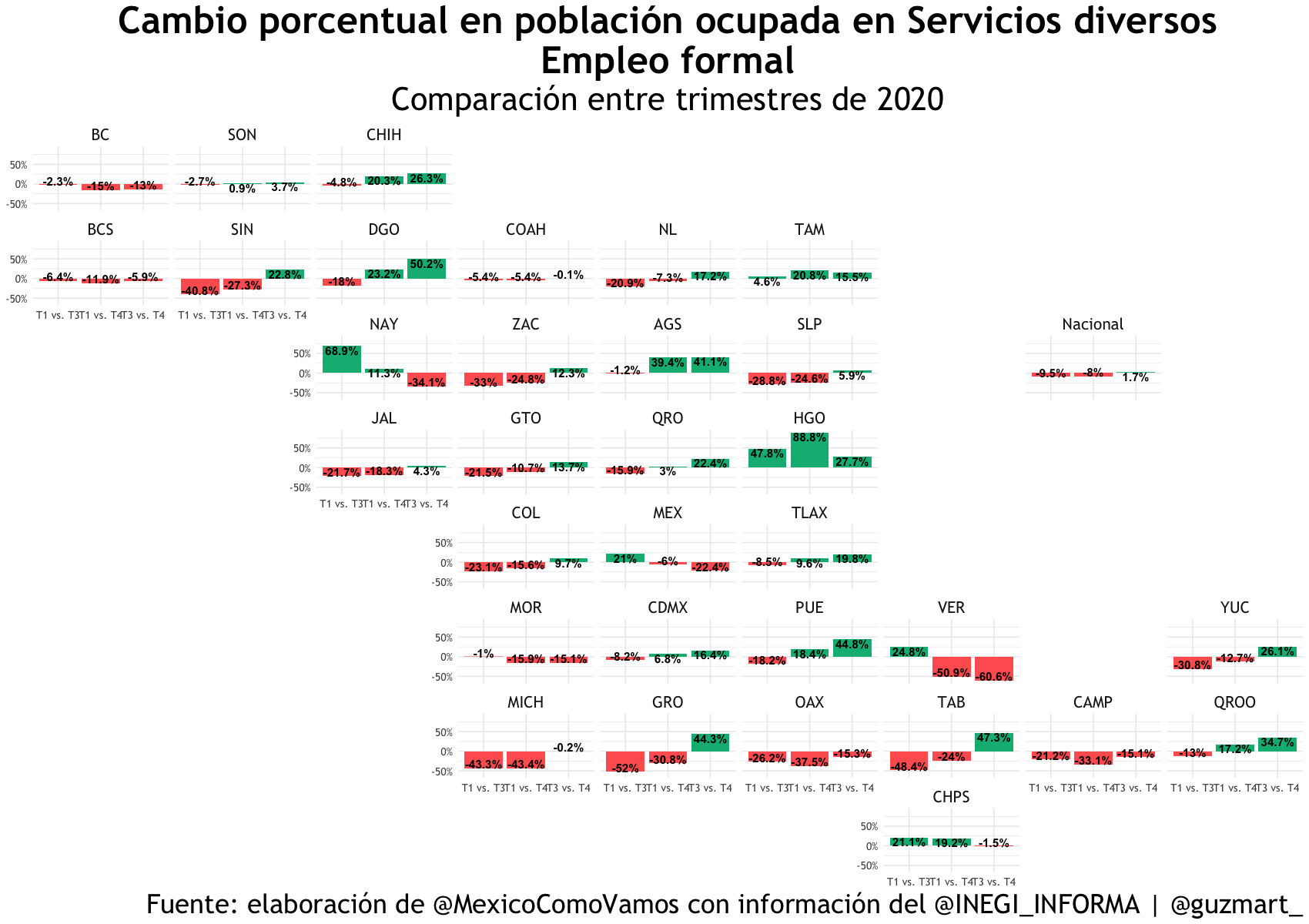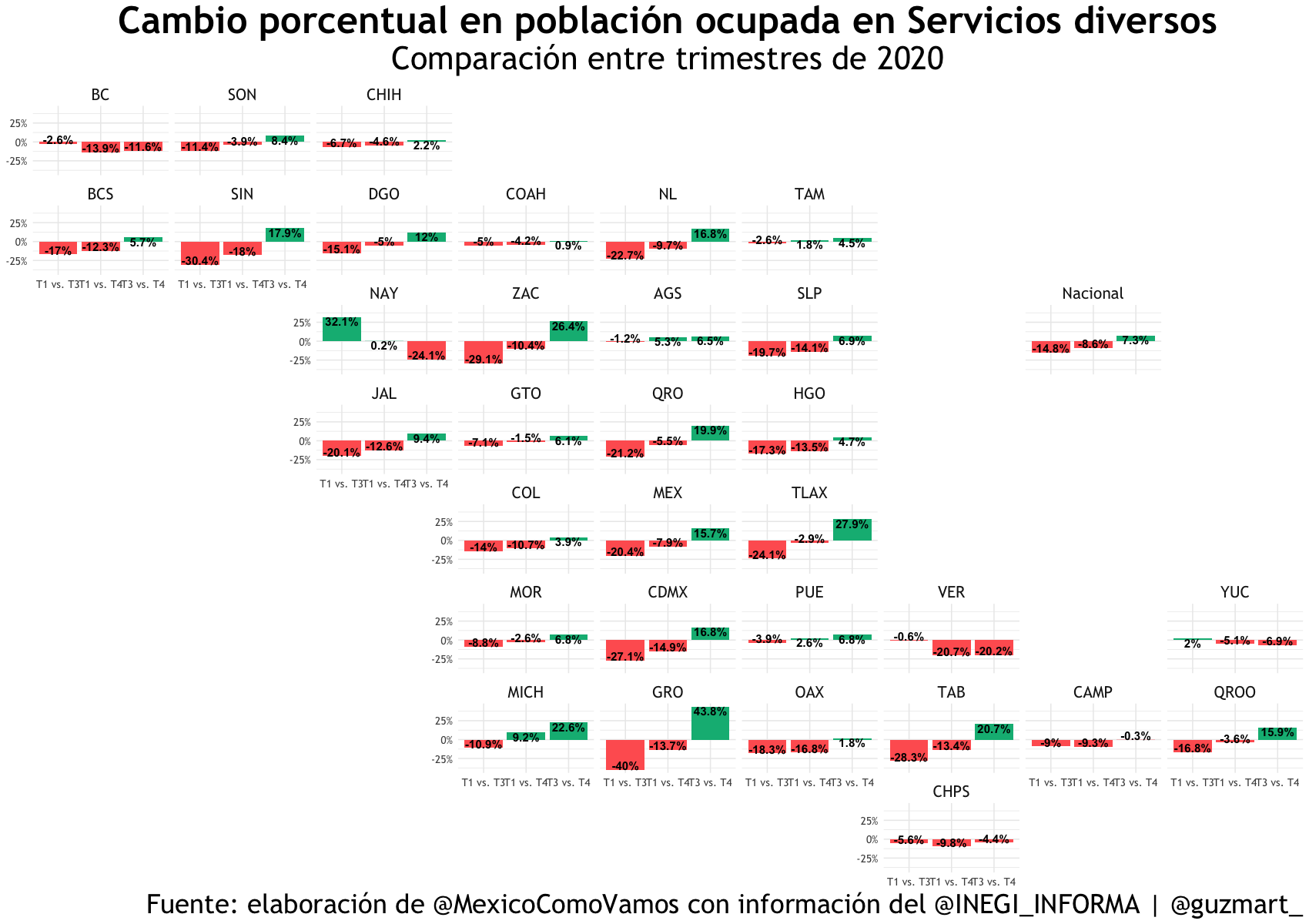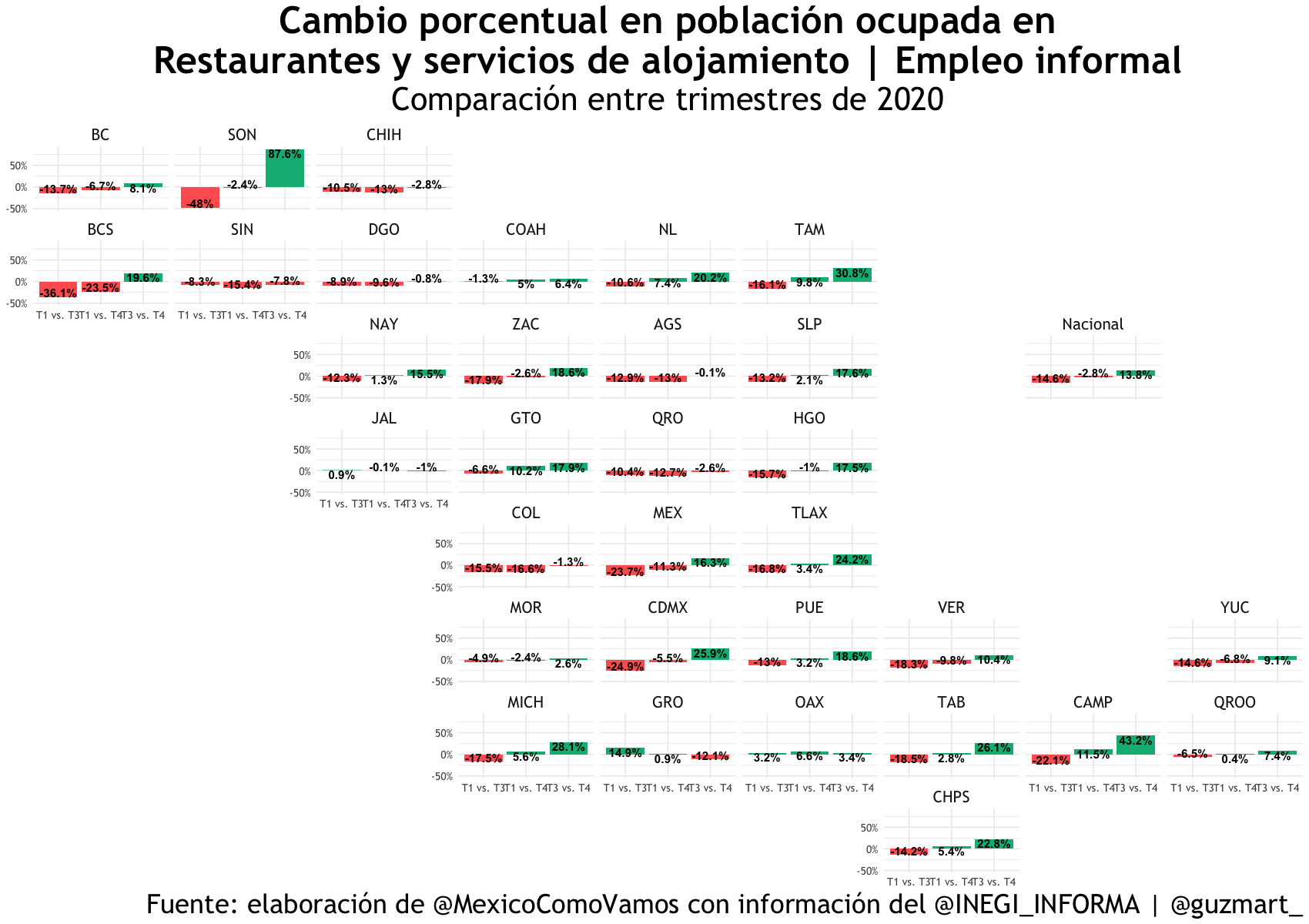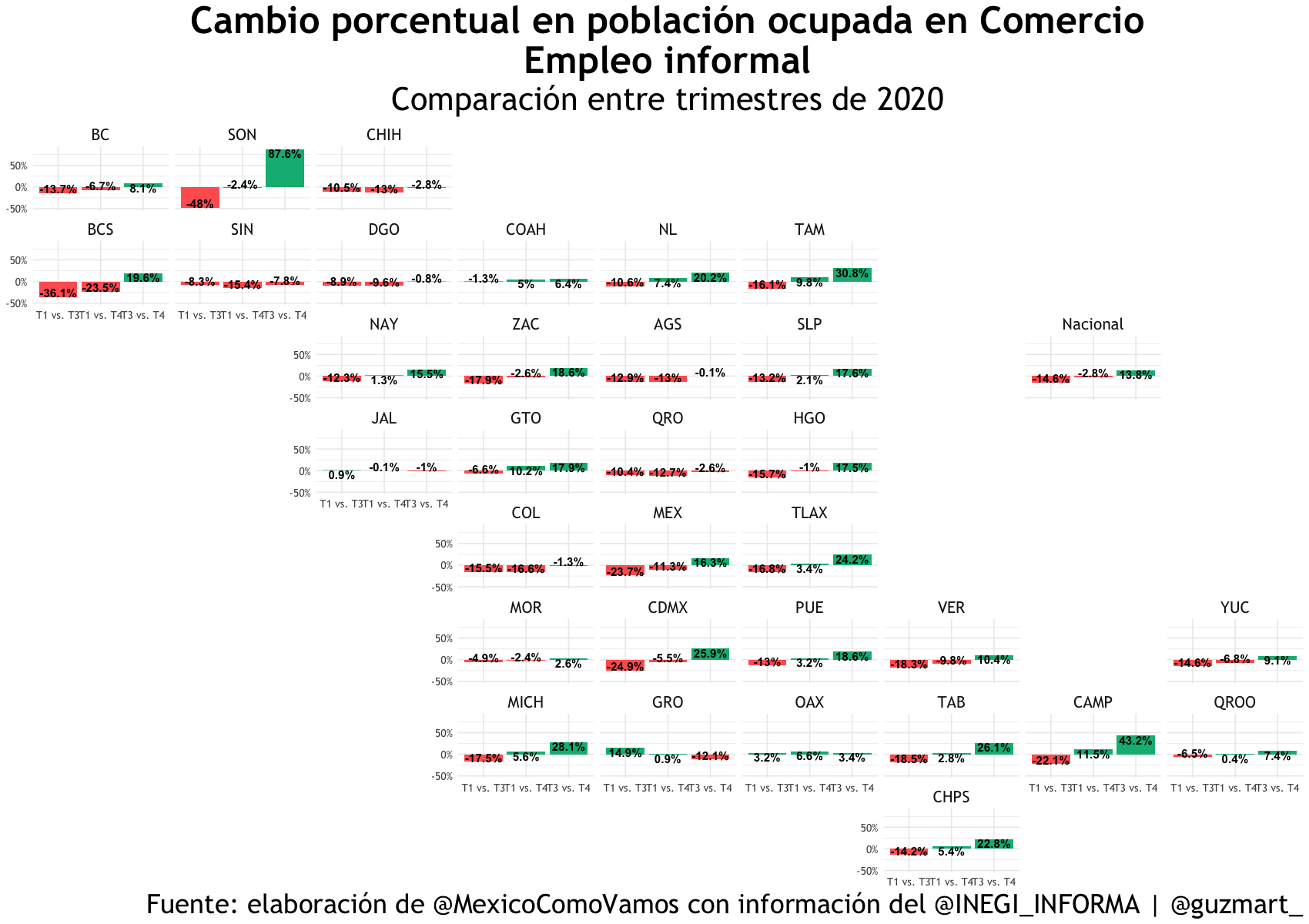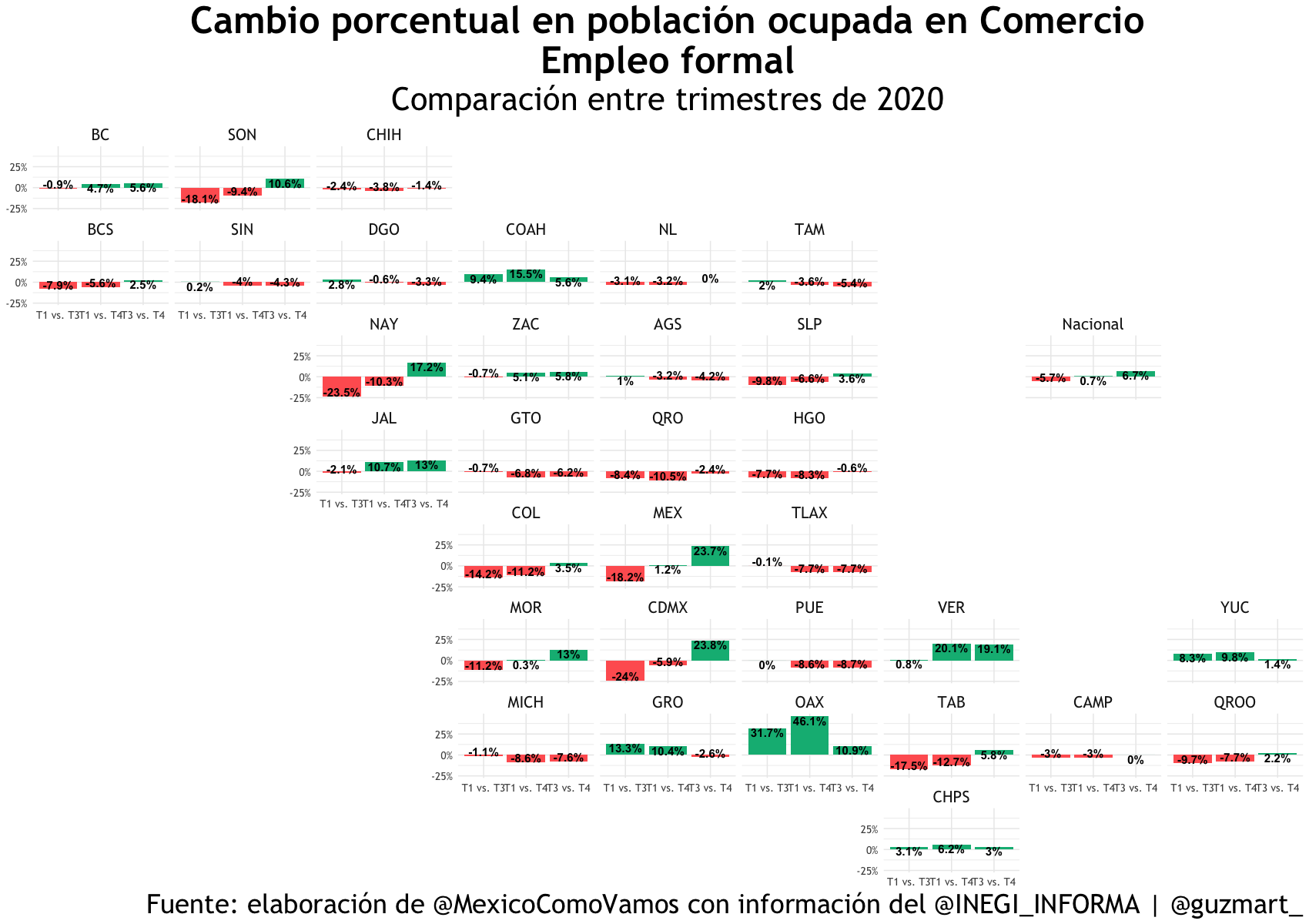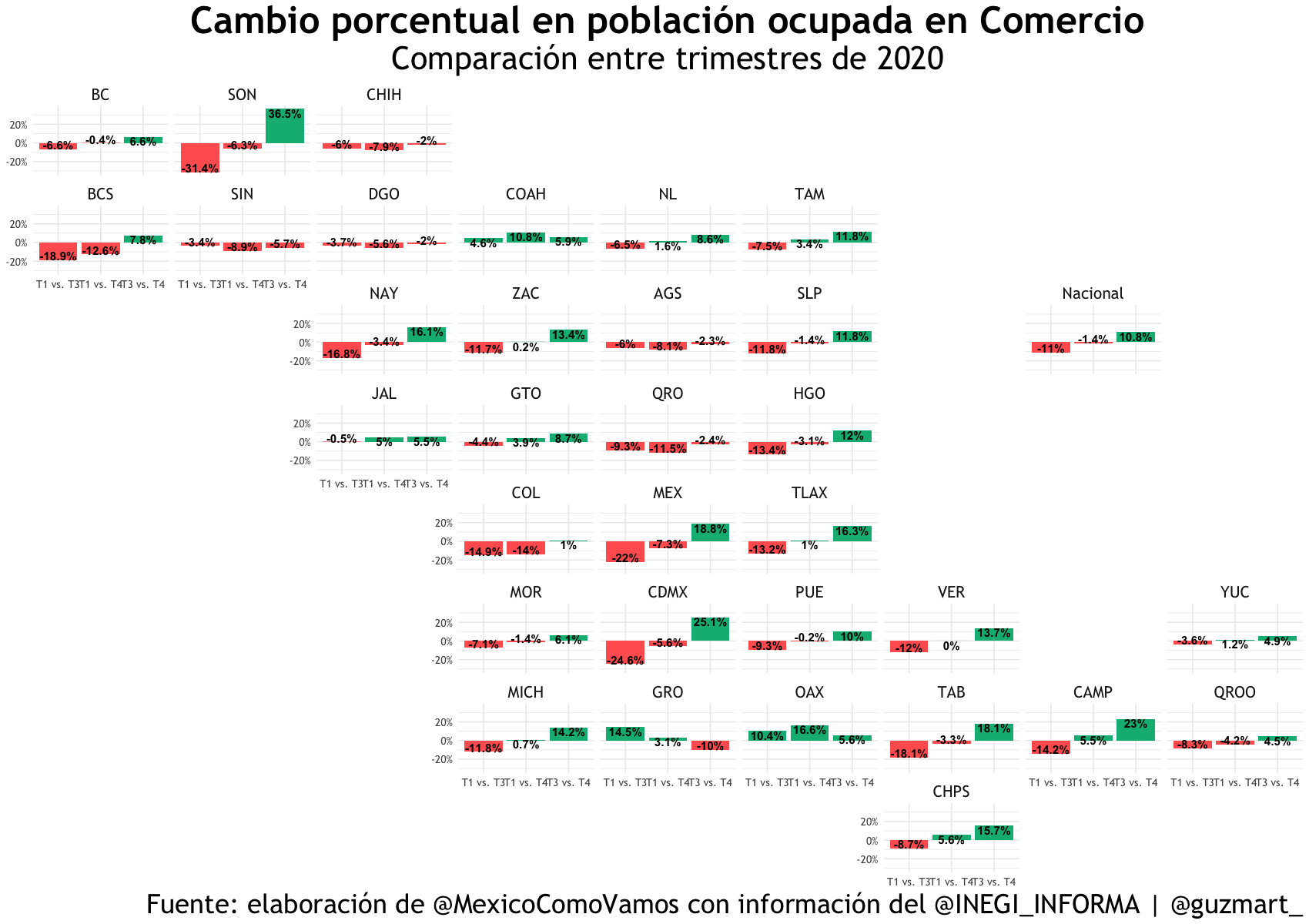
- Regionalization and Labor Mobility in North America
In the context of the regionalization of production centers worldwide, a highly valuable tool for the commercial integration of North America is the promotion of student and labor mobility.
The countries that make up North America—Mexico, the United States, and Canada—share challenges: a rapidly aging population, mismatches in the domestic labor market, and a need to create quality jobs within their territories.
However, the subcontinent also presents solutions. Effective management of student and labor mobility can create significant opportunities for prosperity in each country. For instance, Mexico has large regions with a young working-age population that requires training in both technical and soft skills to meet the demands of the regional job market. Meanwhile, the United States and Canada have aging populations with financial resources but will need elderly care, whether provided in Mexico or their home countries. Moreover, it is essential for everyone to communicate effectively through a common language—English—and to understand each other’s culture and worldview.
Drawing on the experience of the last 30 years of the European Union, whose Erasmus program of student, faculty, and labor exchange has been internationally recognized as a tool for integration and the construction of a shared regional citizenship, we can extrapolate some lessons to North America today.
- Erasmus: Educational Measures that Triggered Deep Political Changes
The Erasmus program dates back to 1999, when the European Union countries agreed to develop a system for credit transfer (establishing a unit as a certain number of class or training hours per week) for the mutual recognition of university studies between countries. The goal was not to standardize educational systems or infringe on academic freedom or university autonomy. Instead, it aimed to acknowledge student training, thus paving the way for a new form of student and labor mobility that continues to thrive today.
The Erasmus program started as a form of technical cooperation that promoted dialogue between universities in different countries inside and outside the European Union, standardizing university facilities in areas such as accessibility and the inclusion of minority groups, and also sparking the creation of language service offices within educational institutions. The program always came with resources for students, but the effort resulted in institutional changes in participating universities, generating political changes and promoting European citizenship.
- Mechanisms for Exchange in North America
The problem of the evident lack of academic exchanges between Mexico, the United States, and Canada has its roots in our failure to conceive agile and affordable student mobility schemes that promote short-term stays for lifelong job training.
It is necessary to have trilateral recognition of technical, professional, and labor certifications by the three North American countries, just as the Erasmus program did in Europe since the 1990s. Mexico, the United States, and Canada must first address the teaching of English in Mexico and demonstrate to the two English-speaking countries the importance of training and studying in Mexico.
To design attractive training schemes for the region, it should not only offer courses to teach English to Mexicans and Spanish to Canadians and Americans but also be accompanied by the acquisition of technical skills and soft skills in short, affordable, and useful international stays.
It is worth highlighting the current figures of student mobility: in a region of 500 million people, only 14,000 Mexican students are in the United States, and fewer than 3,000 Americans are studying in Mexico. Putting this into perspective with the magnitude of students from other countries in the United States, it is evident that the phenomenon responds to decades of investment policies in human capital in their countries of origin, aiming for them to be educated in globally excellent higher education institutions. It is no surprise that China is in first place, India in second, Korea in third, followed by Canada, with Mexico not appearing in these top positions.
At the same time, few American students seek to study abroad. Adding the cost of student loans, the cost of travel, and accommodation can be prohibitive for Canadian or American students in traditional student exchanges. Additionally, they may not culturally recognize added value in traveling to Mexico for training or experiencing new environments, as they do consider it enriching to travel to Italy, Greece, England, France, and even Costa Rica, which offers tourism experiences and closeness to nature.
American students or workers should recognize the value of coming to Mexico due to the intense demand exerted by regional and domestic labor markets.
Just as in the United States and Canada, the demand for professional nursing staff and caregivers for the elderly who understand and speak English is increasing, so too is the number of Latino consumers in the United States, especially Mexicans or binational individuals, who might be interested in receiving medical consultations with Mexican doctors or those with experience in Mexico. This experience could enhance the sensitivity to understanding habits and cultural environments that might explain the higher prevalence or propensity for developing certain diseases due to genetic heritage or cultural traditions. The same applies to someone who wants to open a beauty salon for Latino clients in their city or a dance studio for Latin American music. Or for someone who wants to export auto parts and establish themselves as a parts distributor in the United States, given that practically all cars are now assembled on both sides of the Rio Bravo.
It is evident that the regional market is better served if there is a close understanding of the neighbors. One of the most reputable programs for regional student mobility is the Fulbright García Robles program, as it has promoted the leadership of individuals capable of maintaining fluid communication between commercial partners.
According to experts in the field, although more and more Mexican students are seeking to pursue degree programs in the United States, it is time to evolve and promote different types of students, beyond those seeking to complete a bachelor’s, master’s, or doctoral degree. It is proposed to design, promote, and finance opportunities for many more students to enroll in short courses that develop specific skills during their stays, which can improve their employability prospects and, in the long run, offer greater productivity to their countries of origin.
When the courses are short and the stays have defined and practical objectives, we can be more efficient in the production of goods and services consumed in the region, promoting better quality and greater regional competitiveness. For example, currently, the North American consumer market offers practically the same products in all three countries. Additionally, the integration of production chains is evident. In Texas, the top four industries that export to Mexico are the same four industries that export from Mexico to the United States. This indicates true integration in production chains, so if there is also a desire to standardize salaries and the quality of life for families in all three countries, complementary and/or equivalent labor skills will be required on both sides of the border.
To achieve this, a joint strategy between industry and educational institutions must be developed to improve employability and meet the demand for workers with certain qualifications in the context of nearshoring. For example, companies investing in Mexico currently face a crisis because, despite thousands of engineering graduates each year, they are not always prepared to work in the industries and jobs arriving in Mexico.
To address this employability crisis, which on the one hand forces many higher education graduates to work in occupations for which they did not study, and on the other, deters more investment in Mexico, recent graduates must quickly update their skills in areas such as automation, big data recovery and processing, artificial intelligence incorporation into production processes, microprocessor use, and materials science, to name a few.
With sufficient knowledge of English and software development, both recent graduates and those with 20 years in the workforce can take intensive and short specialization and update courses. Most Asian students in the United States are enrolled in Community colleges, which are technical schools, rather than in the most prestigious international academic universities.
Sometimes, cultural nuances can also be attractive to promote the arrival of American or Canadian students to Mexico.
American Fulbright García Robles scholars who come to Mexico want to improve their Spanish skills but also choose to study here because they want to understand the culture that comes with learning the language. They know that when they return to the United States or Canada, many of their patients, clients, and students will be of Mexican origin, so living in Mexico can be significant in their professional journey. If Mexican waiters, managers, or nurses are going to work in hospitality, care, or providing services to an American public, they should also be developing intercultural skills.
At the Immigration on the Road: Labor Mobility in North America Forum held on April 17, 2024, in Mexico City, in collaboration between “México, ¿cómo vamos?”, the Baker Institute Center for the U.S. and Mexico, and Connecting Mexico, Hazel Blackmore, an expert in the field, shared three specific proposals to take advantage of the nearshoring moment, the preparations for the review of the USMCA, and the satisfaction of the regional labor market needs:
- Design joint certifications between the three North American countries. Like the Erasmus program in Europe, the solution requires trusting that university autonomy and the quality of higher education can be very competitive in Mexico.
Higher education institutions such as Tecnológico de Monterrey and Baja California State University have successfully accredited the quality of their programs and courses in the United States. However, to better integrate the North American labor market, we should promote the establishment of trilateral certifying and accrediting bodies linked with industry. These bodies need to be as dynamic as the incorporation of new technologies in production.
- Promote the design of short courses and the acceptance of microcredentials that can add to each person’s skills, regardless of educational level, place of technical or professional studies, or years of experience. We must think of students as people with a permanent desire to learn new skills.
Companies cannot change their entire workforce and will seek to adapt to dynamic contexts by incorporating new technologies into which they will need to train their workforce. Workers will need new skills. Educational institutions offering short courses will be effective and efficient in linking theoretical knowledge with practical applications.
- Incorporate certifications to train teachers and educators, who will pass on knowledge to their students. Basic education teachers need new tools to teach science, technology, and mathematics while fostering interest in promoting the study of engineering and exact sciences. Meanwhile, higher and technical education teachers, as they have more tools to prepare their students for the current labor market, will be able to offer better training and certifications.
These three proposals, like the Erasmus program in Europe, have the potential to increase the productive capacities of the population in North America and the power to transform industries and increase cultural and language exchange, thereby fostering citizenship in a prosperous region.
*Text prepared by the author based on Hazel Blackmore’s participation in the Immigration on the Road: Labor Mobility in North America Forum
Click on the postcard below to go to the site.

